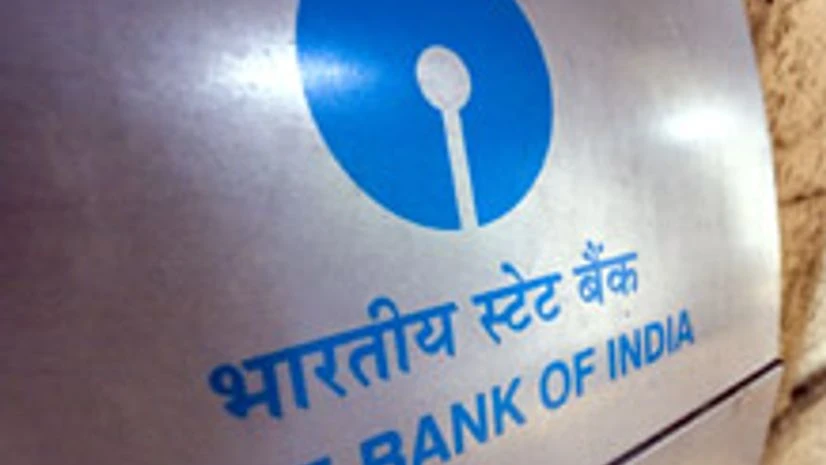Rating agency Moody’s has downgraded its rating for State Bank of India’s (SBI) senior unsecured debt and local currency deposit from Baa2 to Baa3 due to increasing pressures on credit from the economic slowdown.
The new ratings are at par with the rating for the Government of India’s foreign currency bonds. SBI’s ongoing reliance on the fiscally-constrained owner (Government of India) to maintain capital at levels desired by the banking regulator (Reserve Bank of India) also has a bearing on the rating action. While Moody’s affirmed SBI’s financial strength rating at D+, it changed the outlook on financial strength rating from ‘stable’ to ‘negative’.
According to SBI’s managing director and chief financial officer Arundhati Bhattacharya, the rating action will have no impact on domestic or international business. Moody’s said the decision to lower senior unsecured debt rating reflects two negative factors affecting SBI’s credit profile. First, SBI’s standalone credit profile continues to face negative pressures in the context of a slowdown of the Indian economy. These pressures were reflected in the change in the outlook on financial strength rating. Second, SBI is likely to seek another capital injection from the Indian government by March 2014. For this, SBI will have to compete with other public sector banks which have similar recapitalisation needs.
More From This Section
SBI’s capital adequacy ratio was 12.09 per cent with Tier-I at 8.89 per cent in June 2013 (under Basel III).
Moody’s said weaker economic conditions will negatively affect the asset quality, profitability and capital of public sector banks including SBI.
Indian public sector banks are already reporting deteriorating asset quality. In SBI’s case, impaired loan ratio (gross non-performing assets plus restructured loans) was 8.6 per cent at end-June 2013, which was below the 11.5 per cent average for public sector banks rated by Moody’s. Gross non-performing loans (NPL) were 5.6 per cent at end of June, up from 4.8 per cent in March 2013.
While there may be a seasonal element to this rise, the spike in NPLs indicates that the bank’s asset quality is under pressure.
Moody’s expects SBI’s loans to grow at 20 per cent for the current financial year (FY14), exceeding Moody’s estimated 15 per cent for the country’s banking system.
SBI has received capital (Rs10, 900 crore) from the government during the past two years. The government has set aside Rs 14,000 crore ($2.3 billion) to boost the capital levels of public sector banks.

)
